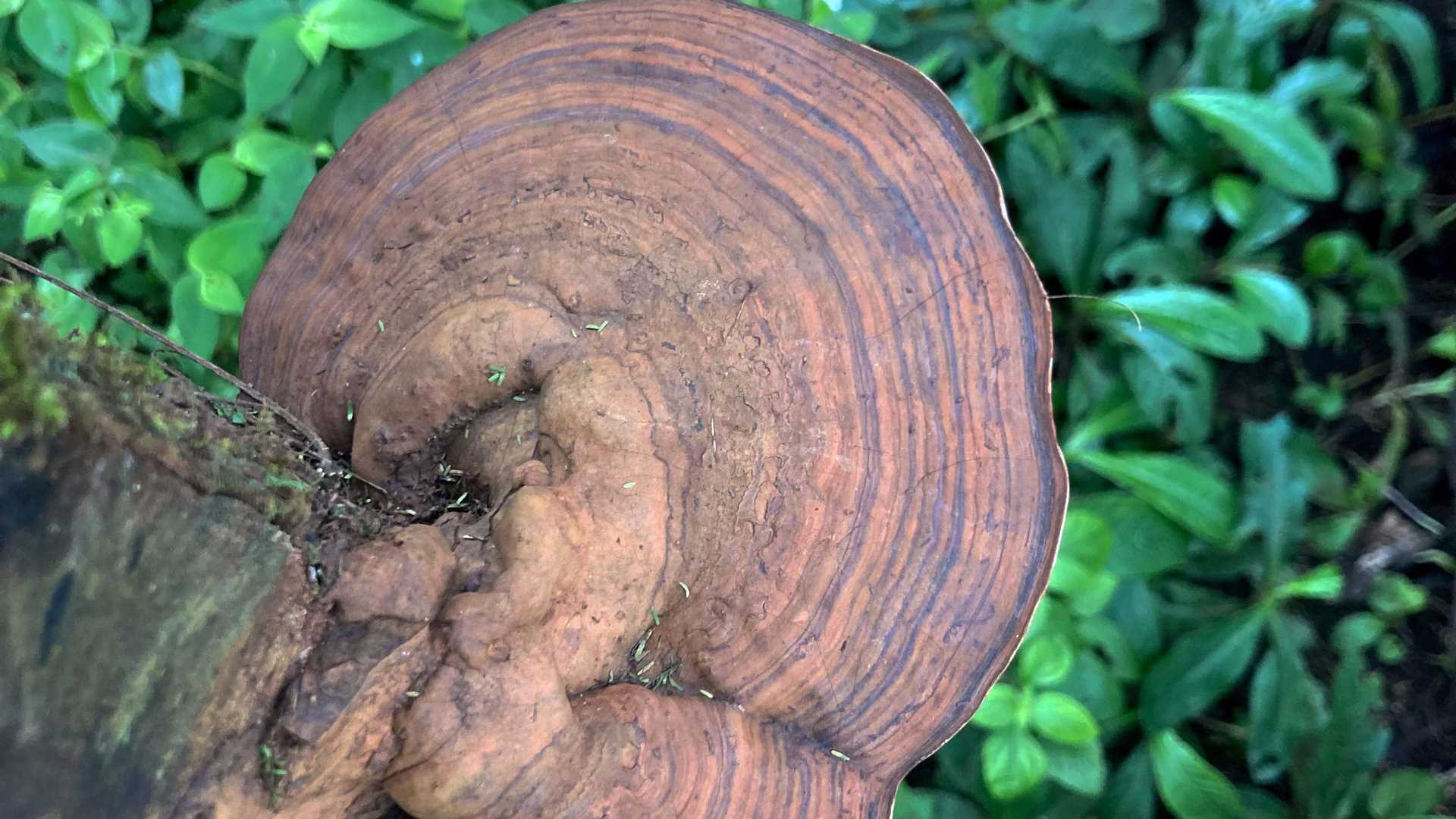Guests spent the day exploring the island of Santa Cruz. One of the four inhabited islands in Galapagos, Santa Cruz has the largest human population, and the island is considered the economic hub of the province. Passengers spent the morning learning about the important research done at the Charles Darwin Foundation. Before lunch, we visited a farm in the highlands, where we experienced some of the daily farming activities in the Galapagos.
We spent the afternoon looking for Santa Cruz giant tortoises at a beautiful ranch in the highlands. We walked the trails of the farm. We spotted giant tortoises, learned about the behavioral ecology of these magnificent creatures, and spent quite some time taking photos.
We ended the day enjoying our traditional recap, followed by a delicious dinner on board National Geographic Endeavour II.







